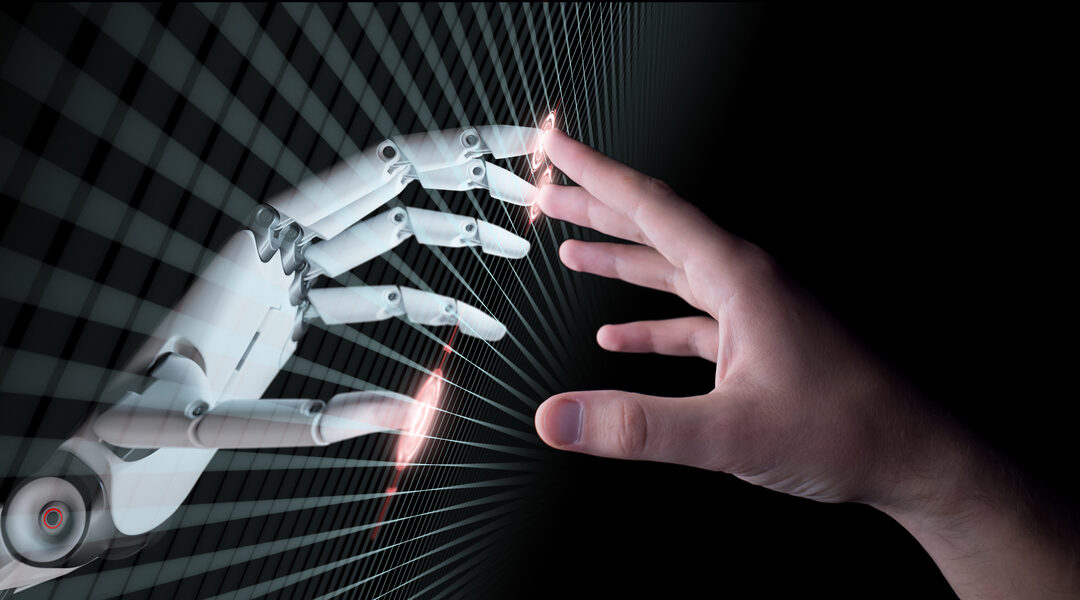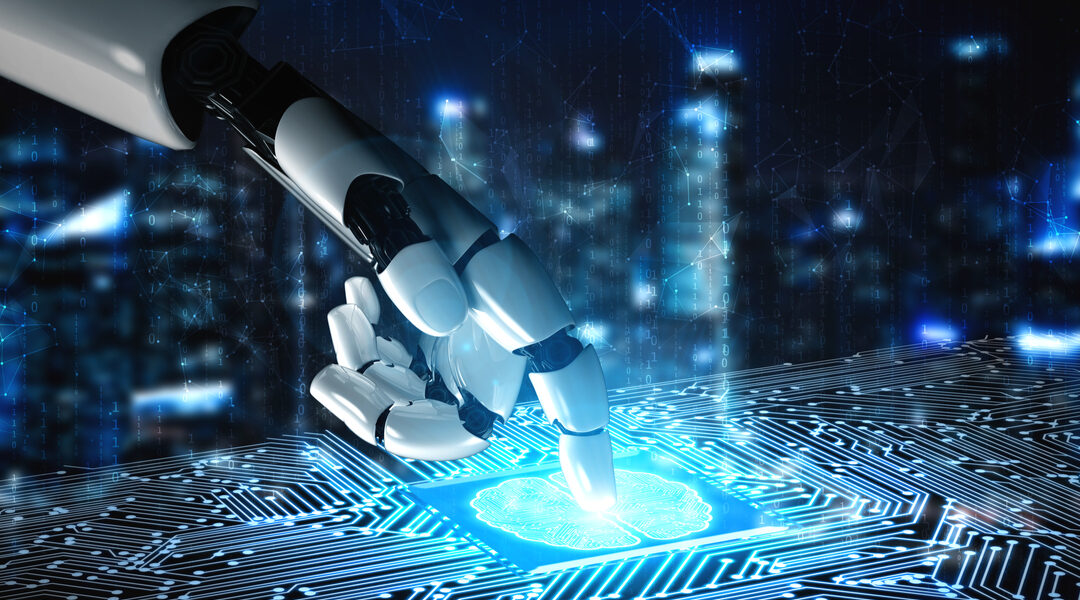
Connecting People
Robots can do more than just free up our time to focus on the more important things. They can help tear down the barriers that separate us all as people – either through the ways we interact with the world around us or by improving our ability to tackle tasks.
Robots shouldn’t just be seen as a way to strip all the boring work from people: but as helpers that make us better at everything we do.
The Next Step
We’re beyond the cusp of starting to use VR and AR to connect us more with the world around us. What started as gimmicky games and apps to demonstrate the technology has quickly evolved into new ways to experience deeper concepts like art and politics.
Google Glass was just a bit too early because the technology was available before people were really receptive to the idea. Now though we see car manufacturers offer HUDs (Heads Up Displays) on the inside of the driver’s windscreen that assist with road condition warnings and other environmental alerts.
It’s starting to sound like the stuff of 80s sci-fi – which we think is a step in the right direction.
Call Waiting
But away from the new fangled tech and press release headlines, we’re also seeing robots excel in more mundane, everyday business applications – such as customer service. Rather than just automated chat bots, we’re seeing companies pair robots with human operatives to improve customer experience.
These bots can summarise recent call notes, direct callers to exactly the right handler and even gauge customer mood to give operators the heads up if it might be a tricky call.
Within the office itself, robots are becoming a staple of advanced training programs. Their ability to detect patterns means they can quickly notify trainers if a student is struggling with particular content.
Calling on historical information, they can even suggest new training structures that a teacher can use to help the student.
Pair Up
In these examples we’re seeing robots improve how people are able to communicate with one another. Boosting not only the speed of connection but the quality as well.
The processing power of robots with the vision and creativity of people blends perfectly and offers us all better ways to problem solve. We’re at the top of the food chain because of our ability to adapt and use tools, robots are simply the next step in that augmentation.
Room for Improvement
That’s not to say that the AI in play at the moment is perfect. Recent examples such as the racist Facebook robot show how the limit of human technical ability limits a bots capability. The bots we create are only as good as what we can imagine and then generate as processes.
To get better though will only take time. But more and more, we will lean into the strengths of bots to help us build better ones.
Whatever the next few years look like, humans and robots are here to stay. Robots aren’t here to get rid of people, they are here to help us. We’re better together.
If you want to find out more about how RPA can help you then contact us today.




